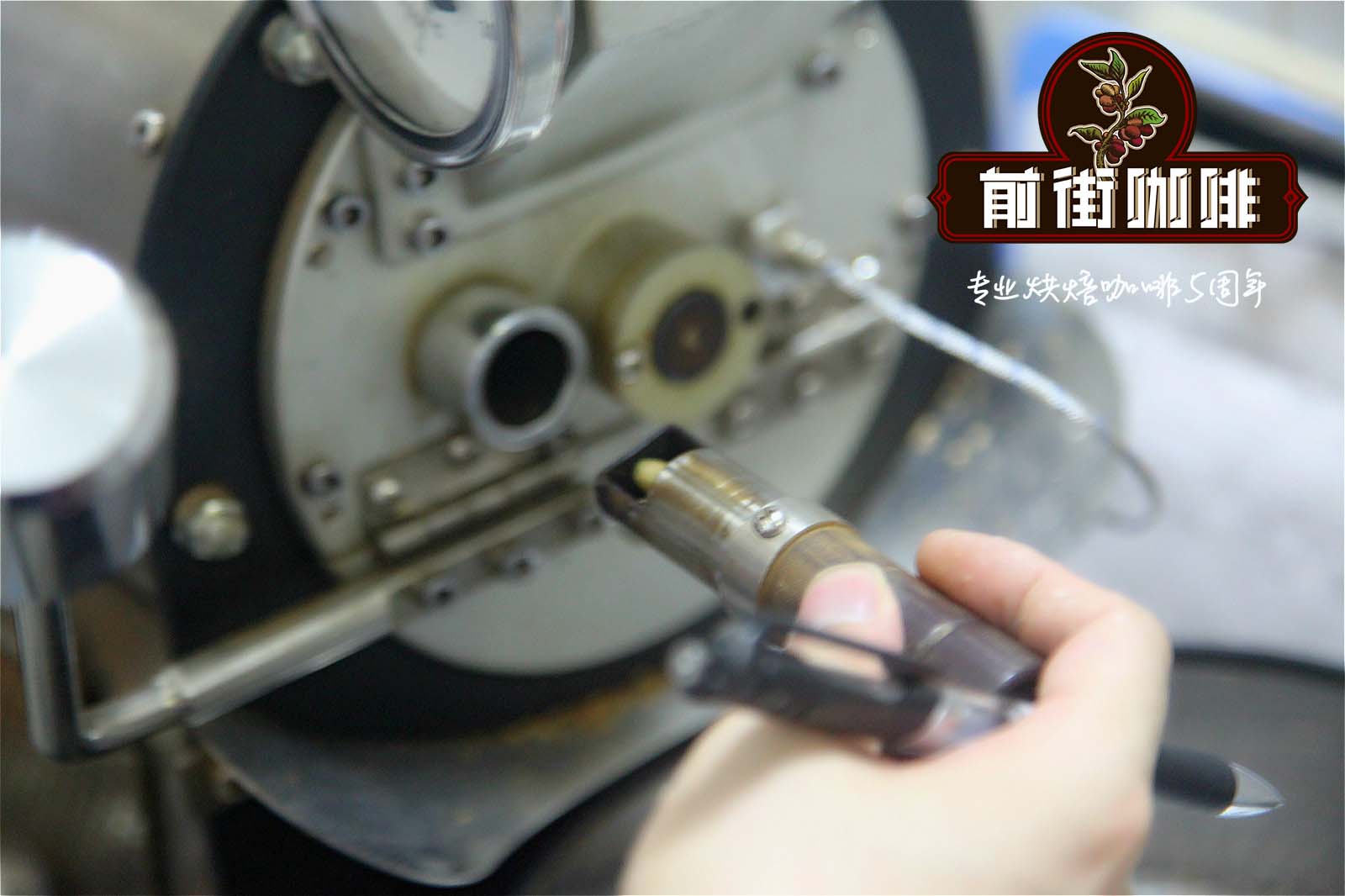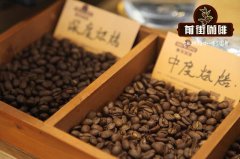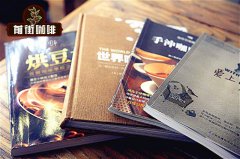Introduction to the varieties of Indian coffee beans. How to bake Indian style-stained Malaba coffee beans?

Professional coffee knowledge exchange more coffee bean information please follow the coffee workshop (Wechat official account cafe_style)
Indian coffee bean varieties
Kent:
A hybrid of Tibika, S288 and Typica, found in the Kent Cafe Garden in Mysore, India in 1911, has high yield and resistance to rust. But did not get good results in the cup test. The aroma of coffee is thicker than bourbon.
S795
Jember, an Indian botanist, in turn used the first generation of S288 and iron pickup hybrid Kent,Kent and the second generation of S288 to form what is now S795. 1955 the Indonesian Coffee and Cocoa Institute (ICCRI) named Jember is widely grown in India and Indonesia, Yemen and Ethiopia. There was some resistance to coffee leaf rust, but the resistance decreased with time. The flavor is close to Arabica and has a wild flavor.
Catimor
In 1959, the Portuguese mixed Brazilian Kaddura with Timo and bred the second generation of Cartimo, which has strong disease resistance and yield capacity. But the flavor is also poor, and it is an important variety of commercial beans at present. In recent years, botanists from all over the world have turned to the interaction between Arabica and Katimodo in an attempt to reduce the pedigree of Luodou in order to improve the bad reviews of the Katimo Cup.
Roasting Analysis of Indian Coffee Raw Bean
Unlike aged coffee beans (Aged bean), raw beans are naturally aged by prolonging their storage time (usually 2murl-3 years or more).
This coffee belongs to the average bean density, the roasting medium firepower climbs steadily, the yellowing point is about 4 minutes and 50 seconds, then reduces the firepower and opens the throttle to enter the Mena reaction, when an explosion, open the throttle, keep the firepower, the temperature is about 184.4 ℃, 2 minutes and 30 seconds after the explosion.
Roaster Yangjia 600g semi-direct fire
The furnace temperature is preheated to 200 degrees Celsius, the throttle is opened at 3jing30s and fired, the firepower is adjusted to 160, the temperature recovery point is 1: 25 ", the firepower is maintained, 4: 50" turns yellow, the smell of grass disappears, enters the dehydration stage, the firepower is lowered to 140, the throttle is opened to 4, and the firepower is reduced to 110 again at 168 degrees.
After 8 minutes of dehydration, the bean surface appears wrinkled and black markings, and the smell of toast changes to coffee, which is a prelude to an explosion, when the firepower remains the same, the throttle opens to 5, and listen to the sound of an explosion. When it starts to explode at 8: 55 ", all the throttle doors are open." The development time after an explosion is 2 minutes and 30 seconds to 197.8 ℃.
Indian style-stained Malabar coffee beans, although the beans are fat, they are soft beans that are strong and dry. Because the coffee beans have been exposed to the moist monsoon for a long time, the acidity of the coffee itself has been greatly reduced and the taste is very special. Rich aromas of caramel, raisins and herbs, with a raspberry finish and a taste of black rice tea.
Indian coffee bean brand recommendation
The Indian coffee beans baked in Qianjie Coffee-Wind-stained Malaba Coffee are fully guaranteed in terms of brand and quality. And more importantly, the performance-to-price ratio is extremely high, a pack of half a pound 227 grams, the price is only about 80 yuan. According to the calculation of 15 grams of powder per cup of hand-brewed coffee, 15 cups of coffee can be made in a bag, and each cup of coffee costs only about 5 yuan, which is very cost-effective for coffee shops to sell dozens of yuan a cup.
Qianjie coffee: Guangzhou bakery, the store is small but a variety of beans, you can find a variety of unknown beans, but also provide online store services. Https://shop104210103.taobao.com
- Prev

Introduction of Indian style-stained Malaba Coffee producing area _ Indian Coffee brewing data _ how about Indian Coffee
Professional coffee knowledge exchange more coffee bean information please follow the coffee workshop (Wechat official account cafe_style) Coffee production areas in India coffee was brought into the establishment of the first coffee farm by pilgrims as early as the 16th century, you may not imagine that India produces much more coffee than Ethiopia and any Central American country, with 900000 hectares of land growing coffee beans
- Next

What coffee do you recommend in India? what do you mean by Indian coffee? how to use Indian coffee
Professional coffee knowledge exchange more coffee bean information please follow the coffee workshop (Wechat official account cafe_style) Indian style coffee: the history of coffee cultivation in India, according to the story is that the Islamic pilgrim Baba Budan first brought coffee seedlings out of the Arab world in 1650 and successfully planted them in Chickmagalur (located in Karnataka district) in South India!
Related
- Does Rose Summer choose Blue, Green or Red? Detailed explanation of Rose Summer Coffee plots and Classification in Panamanian Jade Manor
- What is the difference between the origin, producing area, processing plant, cooperative and manor of coffee beans?
- How fine does the espresso powder fit? how to grind the espresso?
- Sca coffee roasting degree color card coffee roasting degree 8 roasting color values what do you mean?
- The practice of lattes: how to make lattes at home
- Introduction to Indonesian Fine Coffee beans-- Java Coffee producing area of Indonesian Arabica Coffee
- How much will the flavor of light and medium roasted rose summer be expressed? What baking level is rose summer suitable for?
- Introduction to the characteristics of washing, sun-drying or wet-planing coffee commonly used in Mantenin, Indonesia
- Price characteristics of Arabica Coffee Bean Starbucks introduction to Manning Coffee Bean Taste producing area Variety Manor
- What is the authentic Yega flavor? What are the flavor characteristics of the really excellent Yejasuffi coffee beans?

